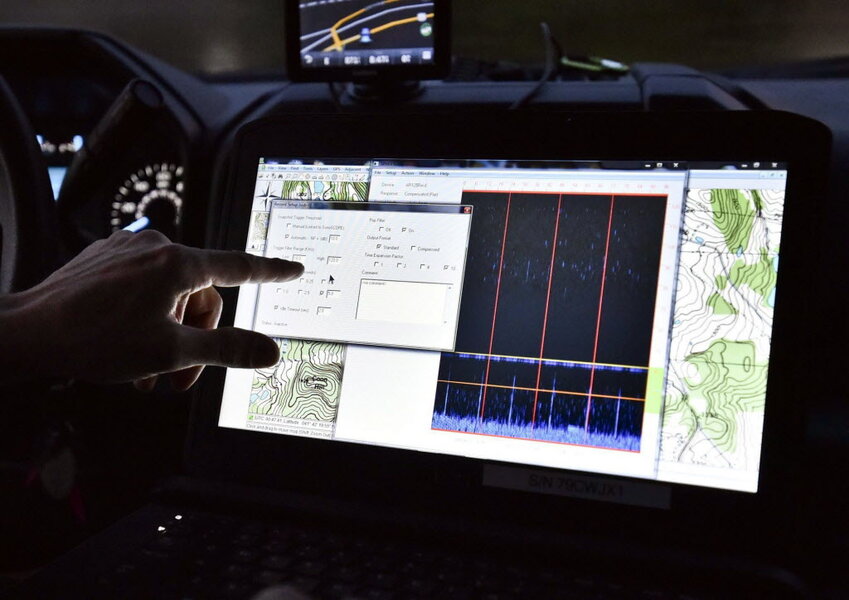White House open-source software policy goes live
Loading...
In an effort to make software developed by government agencies useful to the public as well as other agencies, the White House announced Monday that it is implementing a new policy to make code written by the federal government to be open sourced.
Currently the government spends more than $6 billion on software each year, but the new Federal Source Code Policy is meant to save taxpayer dollars by encouraging government agencies to collaborate and allowing for the reuse of software programs – rather than having different agencies each rewrite their own version when a similar program is needed for a project.
“Even when agencies are in a position to make their source code available on a government-wide basis, they do not make such code available to other agencies in a consistent manner,” according to the the official memoranda.
Tony Scott, White House chief information officer, refers to the program as “The People’s Code” not only because it makes a wealth of software available to the public, but also because it encourages agencies to hire outside coders, thus creating jobs and opening government transparency, rather than buying commercial software. The open source code will be available at code.gov in the next few months.
The Federal Source Code policy is part of the 2014 Second Open Government National Action Plan an effort by President Obama. The president spoke about all that could be achieved with cooperation between the government and the public in solving problems through technology at South By Southwest this past March.
“If we can reconceive of our government so that the interactions and the interplay between private sector, nonprofits, and government are opened up, and we use technology, data, social media in order to join forces around problems, then there’s no problem that we face in this country that is not soluble,” Mr. Obama said. “And the key is to have incredible talent, as is gathered here, to focus on it.”
At a time when national cybersecurity is a concern, some government agencies, such as the national security agencies, will be be exempt from the new rules and the policy also provides guidelines or when it is not appropriate to hire an outside contractor to write the code, such as when it poses as threat to national security.
The policy also dictates that at least 20 percent of the custom developed code be open sourced for three years, meaning that the government may keep particular aspects of its software secret.
Having the code available for everyone may expose weak spots in the software to hackers. But, for the same reason, open source software is generally considered more secure because that also means there are more public volunteers to point out those weaknesses so that the software can be improved on.
"By opening more of our code to the brightest minds inside and outside of government, we can enable them to work together to ensure that the code is reliable and effective in furthering our national objectives," Mr. Scott wrote in a post Monday introducing the final policy.








